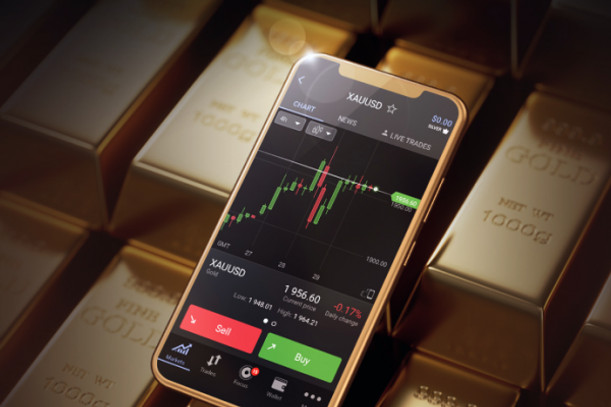The US economic recovery has been nothing short of breathtaking. In just a few short months, the government has managed to cut unemployment, boost consumer sentiment and return a sense of optimism to the markets. It has achieved this feat thanks to a combination of two things: one is its hugely successful mass vaccination campaign, which has enabled a gradual reopening of the crucial services sector, the other is the Federal Reserve’s sustained stimulative monetary policy, which is buoying stocks. However, with inflation starting to really accelerate above the regulator’s 2% target rate, many feel as though something has to give sooner or later.
Raging rally rolls on
In what has become a recurrent theme, both the S&P 500 and the Nasdaq edged higher this week despite the presence of multiple negative factors that one would typically expect to weigh on equities. Apart from the price pressure concerns we’ve already touched upon, there’s also the issue of the highly contagious, vaccine-resistant Delta coronavirus variant that could derail the economic recovery train. Add to that the general weakness of the summer months and the bubble fears shared by most analysts and major market players, and it’s hard to see what is fueling this seemingly endless rise to ever-higher highs. The S&P is currently sitting at 4,291.80, which represents another 1% increase in the space of a week, while the tech-heavy Nasdaq has risen 1.86% over the same period to reach a new peak of 14,528.34.
Inflating the bubble
As we’ve already covered, inflation is way over the Fed’s target level, and the phenomenon now appears to be less temporary than the regulators previously suggested. That’s hardly surprising given the amount of monetary stimulus we’ve seen from the Fed and other central banks around the world. There’s more and more money in the system, but the amount of “stuff” on the market has barely even stayed the same. Naturally, then, the price of existing “stuff” has risen sharply. Believe it or not, the same principle applies to financial instruments, too. When we start to look at things from this perspective, it’s fairly easy to see why equities are up so much. Worryingly, however, these price rises don’t represent true value increases. Thus, all we’re doing is blowing up an almighty bubble in stocks and, when it bursts, the hurt will be both widespread and severe.
Gold standard in store of value
While equities have seemed to offer a buffer against inflation over the past year or so, the lack of fundamentals justifying this growth means the risk of a crash is simply not tolerable long-term. The only time-tested instrument for mitigating price pressure and hedging against bad times is gold. Best of all, the yellow metal is currently available at a relative bargain price of 1,756.58, down almost 8% from recent highs. When we consider that gold is also believed to be in the middle of a supercycle, an investment in the commodity could prove a nice earner in and of itself. But once we factor in the real risk of sustained higher inflation, gold becomes a no-brainer for any seriously diversified investor.
Build your portfolio with Libertex
Libertex is a trusted broker with almost 25 years of experience connecting people with the financial markets. Its uniquely user-friendly platform and app (available optimised for both iOS and Android) have won numerous awards for ease of use and functionality. With Libertex, you can buy or sell CFDs on everything from Forex and commodities to stocks, ETFs and even cryptocurrencies. So, if you think that US equities are headed for a fall, you could quite easily short the S&P 500 or Nasdaq or even individual stocks like Apple or Tesla. And if you don’t quite have the risk appetite for shorting, gold might be just what you’re looking for. For more information on Libertex’s services or how to create an account, visit Libertex.com.





